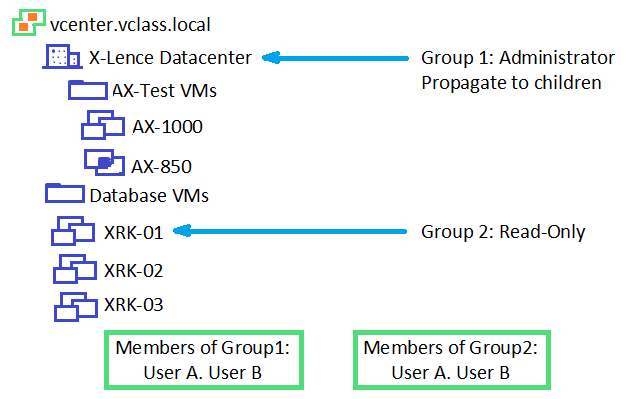What could a vSphere administrator use to move a group of VMs to another port group?
To move a group of VMs to another port group, a vSphere administrator can use vSphere vMotion. vSphere vMotion allows for live migration of running virtual machines from one host to another without downtime. This includes moving VMs across different networks or port groups while maintaining network connections and service continuity.
Which action should be taken to secure iSCSI devices in a vSphere environment?
To secure iSCSI devices in a vSphere environment, it is important to ensure that ESXi hosts authenticate to the target. Authentication helps to prevent unauthorized access to the iSCSI target and ensures only legitimate ESXi hosts can connect, thereby providing a secure communication channel.
A vSphere Administrator is receiving complaints a database VM is experiencing performance issues. The VM is a member of the high priority resource pool and the cluster has not experienced contention.
Which condition should be checked to address immediate performance concerns?
VM snapshots should be checked to address immediate performance concerns. Snapshots can negatively affect the performance of a virtual machine based on how long they have been in place, their depth, and the changes made to the VM and its guest operating system since the snapshot was taken. It is important not to run production VMs from snapshots on a permanent basis, as this can lead to performance degradation.
A vSphere administrator has configured software iSCSI port binding in the environment with two VMkernel ports and four target portals.
How many iSCSI sessions would be created from bound ports to targets?
In a scenario where a vSphere administrator has configured software iSCSI port binding with two VMkernel ports and four target portals, each VMkernel port establishes a session with each target portal. Therefore, the total number of iSCSI sessions will be the product of the number of VMkernel ports and the number of target portals: 2 VMkernel ports x 4 target portals = 8 iSCSI sessions.
Refer to the exhibit.

Which two tasks are allowed in the X-Lence data center? (Choose two.)
Based on the exhibit, Group 1 users have Administrator permission with propagation to children under X-Lence Datacenter, enabling them to perform administrative tasks like taking snapshots. Group 2 users have Read-Only permission specifically for XRK-01. Therefore, User A, being part of Group 1, can take a snapshot on both AX-1000 and XRK-01. Options involving User C are invalid because there is no mention of User C in the given information.